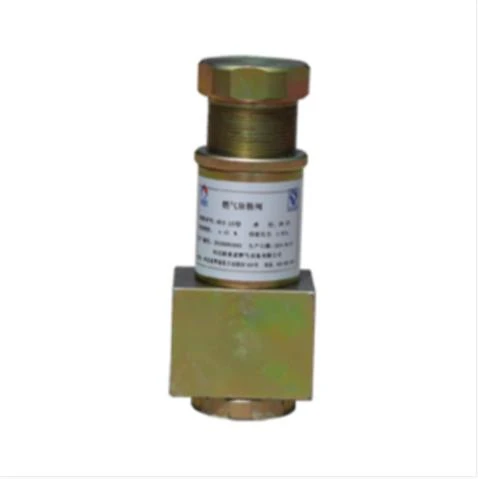
Dec . 16, 2024 07:01
Back to list
Gas Pressure Vessel Design for Efficient Energy Storage and Management Solutions
Gas Pressure Vessels An Essential Component in Industrial Applications
Gas pressure vessels are critical components in various industrial sectors, including oil and gas, chemical processing, and manufacturing. These specialized containers are designed to hold gases at a pressure substantially different from the ambient pressure, ensuring the safe and efficient storage and transportation of gases. As industries grow and modernize, understanding the design, construction, and safety regulations of gas pressure vessels becomes increasingly important.
Design and Construction
The design of gas pressure vessels involves rigorous engineering principles to ensure safety and functionality. Typically, these vessels are constructed from high-strength materials such as steel or composite materials that can withstand high pressure. The thickness of the vessel walls varies depending on the internal pressure, the type of gas, and the specific industrial application.
Key design factors include the selection of suitable materials, the shape of the vessel, and the method of fabrication. Most gas pressure vessels are cylindrical or spherical, as these shapes provide the best resistance to internal pressures. The welding processes used in constructing these vessels must be precise to maintain integrity and prevent leaks.
An essential aspect of the design is adherence to industry standards and regulations. In the United States, the American Society of Mechanical Engineers (ASME) provides guidelines for pressure vessel design and fabrication, known as the ASME Boiler and Pressure Vessel Code (BPVC). Compliance with these regulations not only ensures safety but is often a legal requirement.
Safety Considerations
Given the potential hazards associated with storing gases under pressure, safety is paramount in the design and operation of gas pressure vessels. The principal risks include explosions, leaks, and structural failures. To mitigate these risks, various safety mechanisms are integrated into the design of pressure vessels.
gas pressure vessel

Pressure relief valves are crucial safety features that prevent excess pressure buildup by allowing gas to escape when the pressure exceeds a certain limit. Regular inspections and maintenance are also vital to ensure the vessel's integrity over time. Non-destructive testing methods, such as ultrasonic testing and radiography, are often employed to detect flaws or weaknesses in the vessel's structure.
Moreover, operators must be trained in the proper handling and management of pressure vessels. Understanding the properties of the stored gas, such as flammability and toxicity, is essential for implementing appropriate safety measures.
Applications
Gas pressure vessels find applications in various industries. In the oil and gas sector, they are used to store natural gas and other gases at high pressure for transportation through pipelines. In the chemical industry, pressure vessels are essential for processes like gas reactions and storage of reactants and products.
One of the most notable applications is in the production of liquefied natural gas (LNG). Specialized pressure vessels are used to cool natural gas to cryogenic temperatures, allowing it to be stored more efficiently. This process is vital for meeting increasing global energy demands while reducing transport costs.
Additionally, gas pressure vessels are significant in the manufacturing of food and beverages, where gases are used for carbonation and preservation. The beverage industry utilizes pressure vessels to carbonate drinks, ensuring a consistent quality and taste for consumers.
Conclusion
Gas pressure vessels are indispensable in modern industrial applications, facilitating the safe storage and transport of gases under pressure. Their design and construction require adherence to strict safety standards to mitigate the inherent risks associated with high-pressure gas containment. As industries continue to evolve, the importance of these vessels will only grow, underscoring the need for ongoing innovation in materials and design practices. Understanding the critical role that gas pressure vessels play will help ensure a safer and more efficient industrial future.
Latest news
-
Safety Valve Spring-Loaded Design Overpressure ProtectionNewsJul.25,2025
-
Precision Voltage Regulator AC5 Accuracy Grade PerformanceNewsJul.25,2025
-
Natural Gas Pressure Regulating Skid Industrial Pipeline ApplicationsNewsJul.25,2025
-
Natural Gas Filter Stainless Steel Mesh Element DesignNewsJul.25,2025
-
Gas Pressure Regulator Valve Direct-Acting Spring-Loaded DesignNewsJul.25,2025
-
Decompression Equipment Multi-Stage Heat Exchange System DesignNewsJul.25,2025

